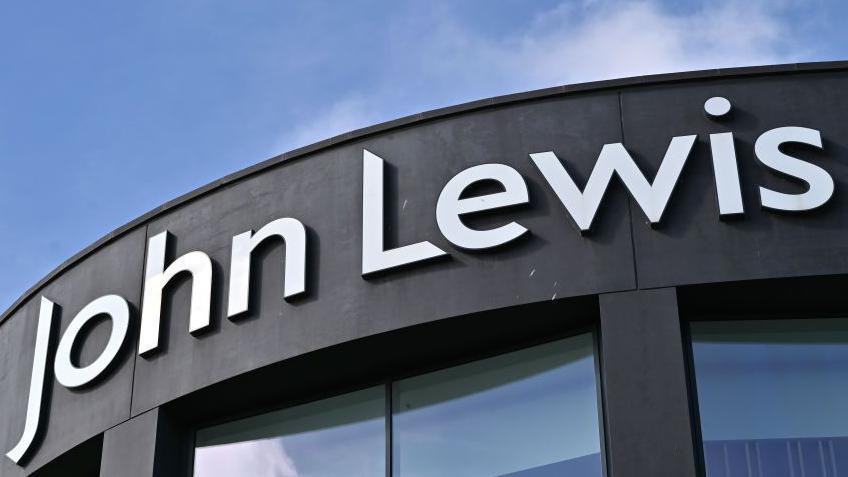John Lewis allowed to build homes for first time

- Published
John Lewis has the green light to build homes in a ground-breaking first for the department store chain.
Bromley Council approved the plans for a block of 353 rental flats above an existing Waitrose shop in the London borough on Thursday.
It is a milestone for the company, which has been trying to get permission to develop housing for years as it looks for new ways to bring in money.
But it faces backlash for not delivering the number of affordable homes initially promised.
It said the "energy efficient" flats in the 24-storey Bromley development would include a mix of one to three bedroom units.
The existing Waitrose will be renovated.
- Published26 April
- Published8 April
- Published14 March
However, campaigners complained that less than one tenth of the homes would be classed as 'affordable'.
This means that the rental rates for those homes will be set at 80% of market value. The rest will be rented out at market value.
John Lewis had said last year that 35% of homes in the Bromley development would be affordable, in line with Bromley Council and the London Mayor's target.
It has since rowed back on this, citing profitability issues.
Local Liberal Democrat councillor Julie Ireland called the amount of affordable homes in the development "frankly derisory".
Ms Ireland also criticised the John Lewis scheme's height and said extra residents would worsen road traffic and clog up the train network.
John Lewis has said it expected council tax and "local spend" to increase by 拢70m in the development's first decade.
It added that it had received 147 letters supporting the scheme, more than the number which opposed it.
Investment firm abrdn, which is working with John Lewis on the development, said the housing would be "an anchor for town centre regeneration and wider community investment".
Eventually, John Lewis and abrdn plan to build 1,000 new homes across three sites, including the Bromley one.
John Lewis first revealed plans to start building homes in 2020 in a bid to diversify its revenue.
The company, like other traditional retailers, has struggled with shop closures and job cuts because of the rise of online shopping.
It wants 40% of profits to come from outside of retail by 2030.